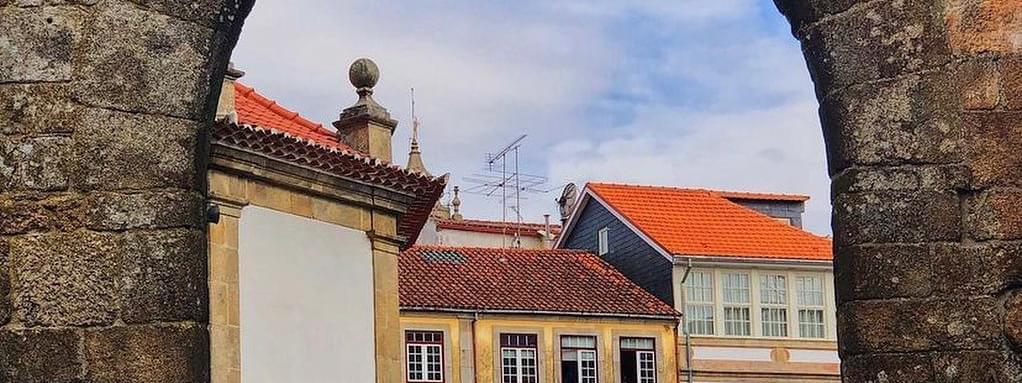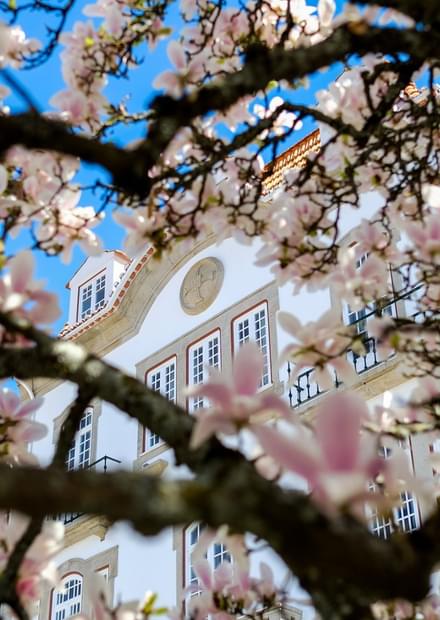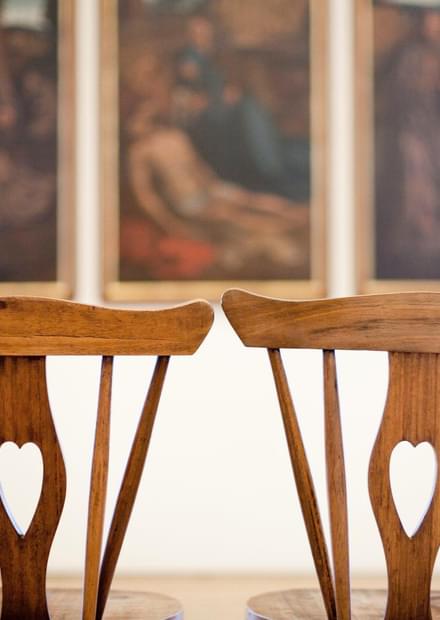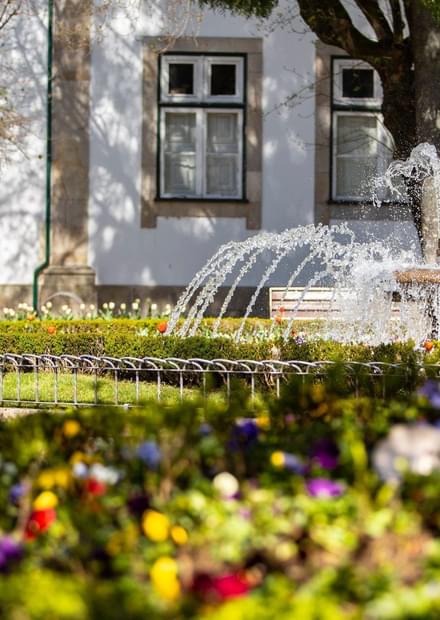The city’s growth can be explained thanks to its central position where many Roman roads in the region met. From the 1st century onwards, according to some Historians, the Romans “built a walled perimeter”.
Two centuries later, because of threads from invaders, the wall had to be reduced in order to make Viseu the centre of a more practical defence. It is believed that the traces which were discovered in the last decade and can now be seen in the city streets belong to that 3rd century wall.
Roman wall of Formosa Street in Viseu
When the municipality began recovering Formosa Street in 2004, they could not anticipate the surprise these works would provide to the city of Viseu. The discovery of traces from a Roman wall fed the discussion regarding the ancient origins of the city which was, two thousand years ago, an important political, economic and military centre. Along with the wall, other important archaeological findings from the everyday life of Viseu’s ancestors showed how important it was to preserve this piece of History. After all, if the wall can’t be taken into a museum, then the museum can be taken to the wall.
Therefore, when you are strolling through Formosa Street do not be surprized if you see a glass plate on the ground. This open window into the Roman wall is a project designed by architect Henrique Torres which allowed this archaeological site to be turned into a museum. The challenge is to walk on the glass plate and enjoy the perfectly preserved wall and the semi-circular turret. This open air museum allows you to stroll through the modern city of Viseu while you literally have History at your feet.
Porta do Soar
Casa do Soar dates back to the 17th century. Besides a sheltered entry balcony – which is nowadays sealed by a wall and a gate, completely different from original style – it has a peculiar corner window bearing an epigraph on the precariousness of human life: Homo Bulla, i.e. Man as a soap bubble, so light that it quickly vanishes in the air.
Porta dos Cavaleiros
Along with Porta do Soar, Porta dos Cavaleiros is one of the few remains of Viseu medieval wall. Even though there were former defensive structures, Viseu greatest protection oeuvre was built in 1472 under D. Afonso V. reign. That defensive construction consisted of seven doors (“portas”), but only two of them have remained intact. You can get to Porta dos Cavaleiros through square Largo Mouzinho de Albuquerque along Avenida Emídio Navarro.
Right next to Porta dos Cavaleiros there is Solar dos Albuquerque and fountain – Chafariz de São Francisco, where the19th century Portuguese writer Camilo Castelo Branco has set the mortal confrontation between Simão Botelho and arrogant nobleman who courted Teresa, in his immortal literary work "Amor de Perdição".






